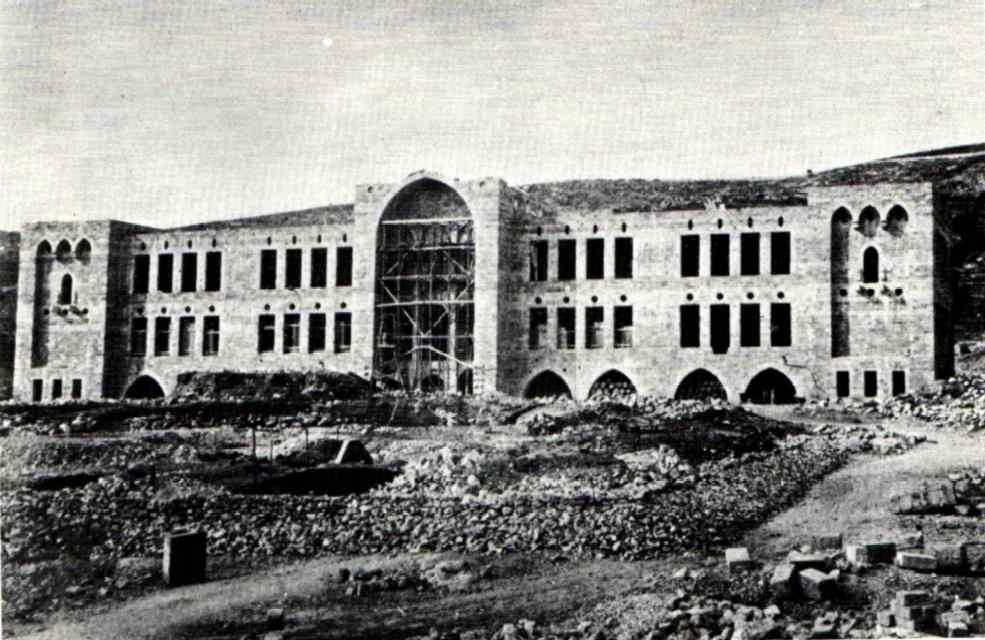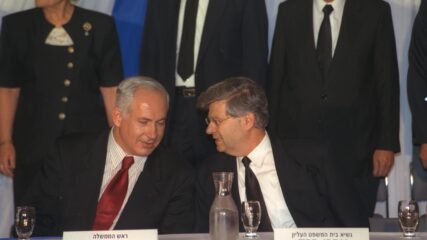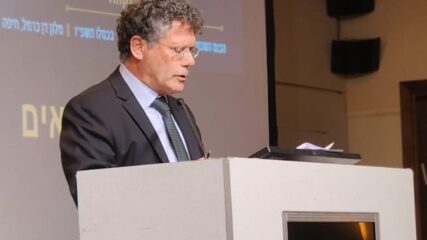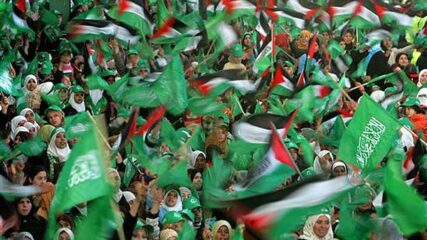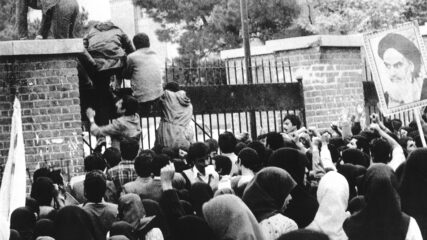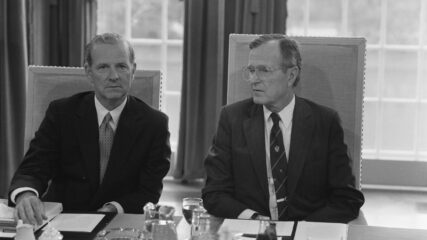February 22, 1914
An important moment in Israel’s nation-building comes as the Kuratorium (board of trustees) of the Technikum University, then under construction in Haifa, reverses its decision of October 1913 and decides that Hebrew will be the language of instruction at the new school and not German.
Beginning in the mid-nineteenth century, efforts by Jewish intellectuals, especially secular ones, to revive Hebrew as a spoken language had begun to take place. One of these, Peretz Smolenskin (1842-1885), remarked, “We have neither monuments nor a country at present. Only one relic still remains from the ruins of our ancient glory – the Hebrew language. Those, therefore, who discarded the Hebrew tongue betray the Hebrew nation, and are traitors both to their race and their religion” (Raisin, Jacob S., The Haskalah Movement in Russia, Philadelphia: The Jewish Publication Society of America, 1913, p.264).
In 1880, Eliezer Ben Yehuda, then living in Paris, published an article calling for the use of Hebrew in educational institutions in Jerusalem. The following year, he would move to Jerusalem and devote himself and his family to speaking only Hebrew in their household. In 1890, he founded the Va’ad ha-Lashon, the forerunner to the Academy of Hebrew Language which is today Israel’s primary authority on Hebrew language, including the creation of new words. Soon Hebrew began to spread from a few families using the language to more and more organizations adopting the language for their official use at their meetings. Poets and writers both in Europe and in Palestine began writing in Hebrew. Most importantly, many schools that were established by pioneers in the late nineteenth century began to adopt Hebrew as the language of instruction.
In 1901, a German Jewish aid organization, Hilfsverein der Deutschen Juden (Aid Association of German Jews – known in the land of Israel as “Ezra”), was established to provide support for Jews around the world. Among its activities was the creation of a network of schools in Palestine, including a teacher training institute. At first these schools were devoted to instruction in Hebrew because, “A single language as the medium of instruction is necessary as the basis of instruction. And that language is Hebrew. Hebrew, be it understood is no longer a dead language in Jerusalem” (from a March 29, 1908 report of the Hilfsverein der Deutschen Juden, quoted in The Struggle for the Hebrew Language in Palestine by the Actions Committee of the Zionist Organization, 1914, p. 12). Despite this proclamation, within a few years Hebrew had been pushed to the background in favor of German in the Hilfsverein schools, especially those above kindergarten.
At the same time that the debate was emerging over the language of instruction in primary and high schools in the Yishuv, plans were developing for a Jewish technical college in Haifa. Large amounts of money for the endeavor were raised by Jews from both Europe and America, and in 1912 the cornerstone of the institution was laid (the photo below shows the school under construction in 1912). Even as the new institute was being built, no decision had been made as to what the language of instruction would be.
On October 26, 1913 the Kuratorium met in Berlin to decide on the language of instruction. The leaders of the Hilfsverein helped push for German to be adopted and only three votes were cast for Hebrew. The decision sparked a language war that would result in many debates and student strikes throughout the Yishuv over the next year. Ahad Ha’am, Dr. Schmarja Levin and Dr. Yehiel Tschlenow would resign from the Kuratorium in protest. Many new Hebrew schools were established, and a number of students left the Hilfsverein schools and enrolled in the new institutions. In addition to the strong reactions of the population in the Yishuv, American supporters of the Technikum also stressed their belief that Hebrew should be the language of instruction. In December 1913, the Russian representatives also expressed opposition to the October decision. The leaders of the Hilfsverein could no longer support German as the language of instruction. Fearing a loss of financial and popular support, the decision was reversed by the Kuratorium in the February 22 meeting. As a result of the decision, the name of the institution was changed from the German Technikum to the Hebrew Technion. The school would eventually open in 1924.

